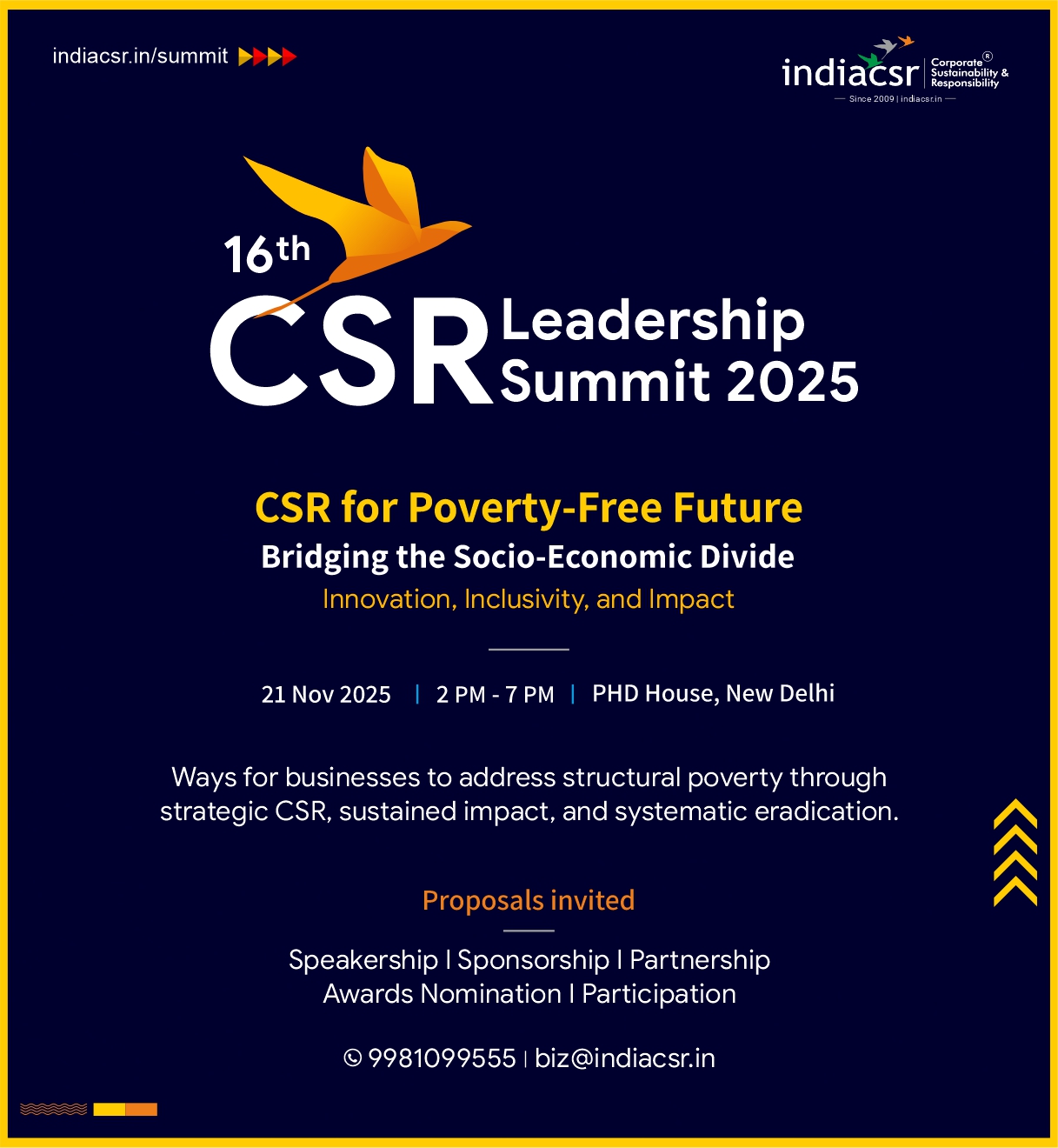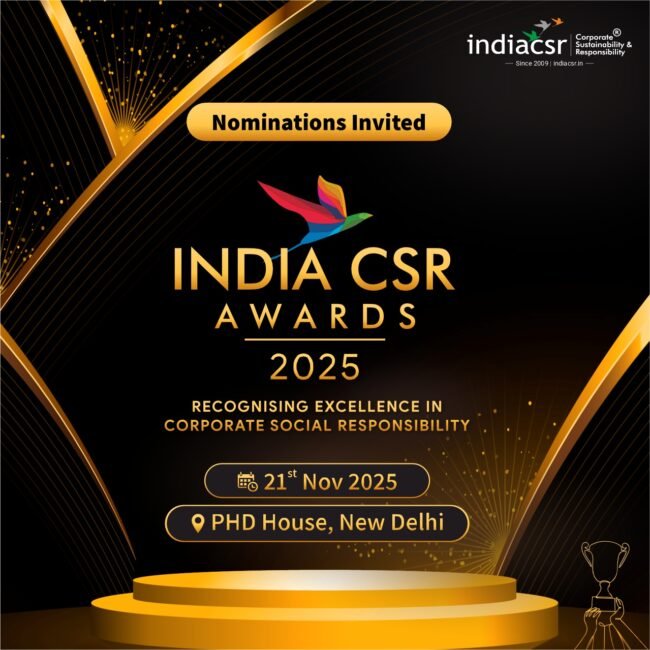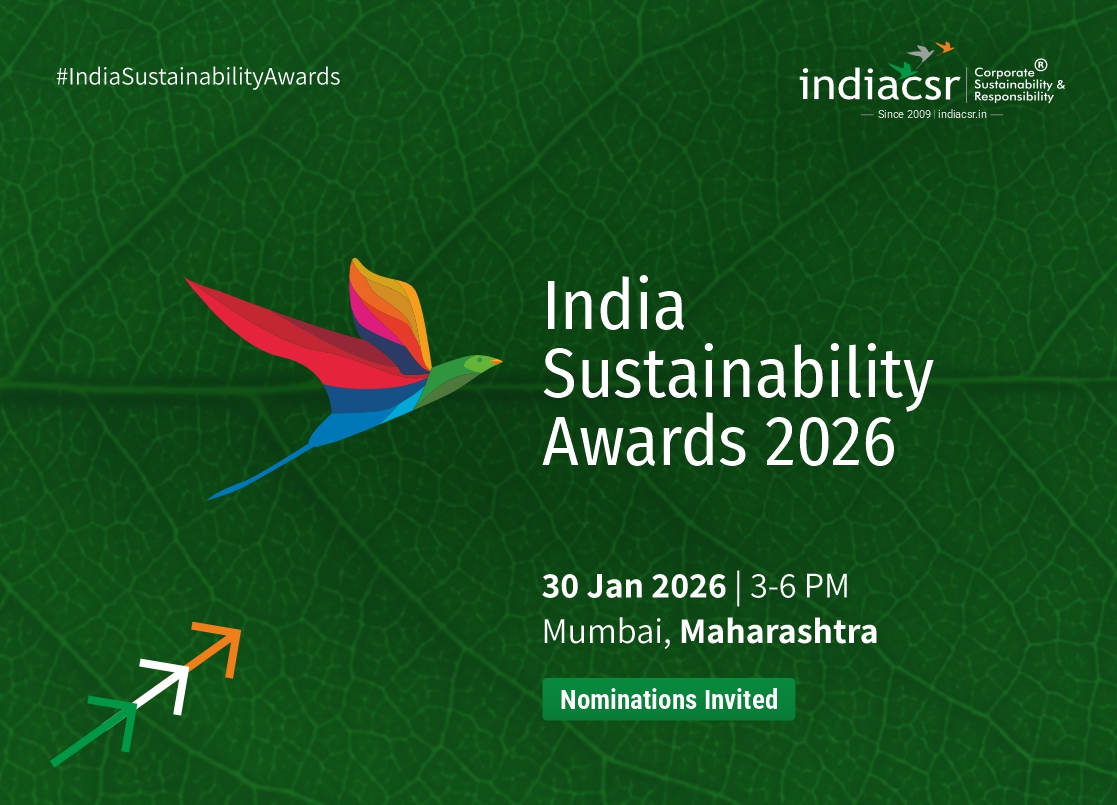A newlywed’s life comes to a standstill following a terrorist attack. The haunting image of her sitting beside her husband’s lifeless body becomes a symbol of national grief. We circulate the photograph across every platform until it reaches every Indian household. In an instant, we turn a private moment of despair into a public affair. A vacation turned into a nightmare. A colorful future abruptly ended in grief. A woman in her most helpless state becomes another piece of viral content. This is not how we show collective empathy but violate fundamental rights of humanity.
Not Isolated Incident
Such experiences are far from being an isolated case. Last year, a similar incident happened with Kolkata’s RG Kar Hospital’s rape-murder victim. Her harrowing photos were widespread until the Supreme Court directed the removal of all media and social media content (SC order, August 2024). But do we need to wait for an order to act right?
Rights Of Deceased
The National Human Rights Commission (NHRC), in its advisory for upholding the dignity and protecting the rights of the dead, recommends, “Media, including social media, must avoid explicit photographs or videos of dead bodies from being shown to the common public and must use masking techniques wherever the dead body is shown, so as to ensure that the right to privacy and dignity of the deceased person is not compromised” (NHRC Advisory, May 14, 2021). The advisory extends rights derived under Article 21 of the Indian Constitution not only to the living persons but also to the dead bodies. Still, we treat a family’s most vulnerable images as our ancestral property. Just because we have access to it, why not use it?
Personal Grief Invaded
I, too, remember how my brother turned into a “body” overnight. When the news broke, even before I could process the shift, people started discussing it on social media. Strangers, thousands of kilometers away, started conducting a verbal autopsy on the nature and method of his death. To my surprise, someone captured a photo of me sitting next to him at the crematorium and posted it on Facebook. Only two seconds of seeing that photo had caused irreparable damage to my already fragile state. It evoked the memory of how, as a kid, I used to give him a head massage until he fell asleep, only to be confronted with the reality that in this image he was forever asleep.
Burden On Survivors
Survivors were living an ordinary life like you until one day a thunderstrike ripped the sky over their head. It’s not only the sudden loss of their loved ones but also the added pressure of formalities, police enquiries, logistics depending on the nature of the event that makes it harder. When a tragedy hits, one needs a zillion kinds of practical support to get through the nightmare. Any kind of ruckus on social media is nothing but adding salt to the wound.
Lingering Mental Images
The images you scroll through are only a fleeting memory for you. However empathetic you may feel at that moment, in most cases it won’t stay. But the deceased’s family and friends would have to live with the image in their head for the rest of their lives. Those unsolicited digital footprints may activate the survivors’ brain’s hypothalamic-pituitary-adrenal (HPA) axis and lead them into “fight or flight” mode in a recursive loop. Every word, every action gets amplified in their minds. They need space and a healthy environment to process all of it. The trauma will take a long time to settle in their brain, body and mind. All we can do is to make their path to recovery smoother.
Collective Responsibility Urged
Desensitising death is not good for society as a whole. Collectively we tend to reduce the threshold of what’s accepted and what’s not. After a nerve-wrenching incident, your shock, anger, and retaliation are all valid, but next time, before pressing the share button, pause and reflect. Aren’t we all going to die? As Khalil Gibran had once beautifully said in The Prophet, “For life and death are one, even as the river and the sea are one.” Death is not meant to be commodified. Death deserves respect. Death deserves silence.
(India CSR)








